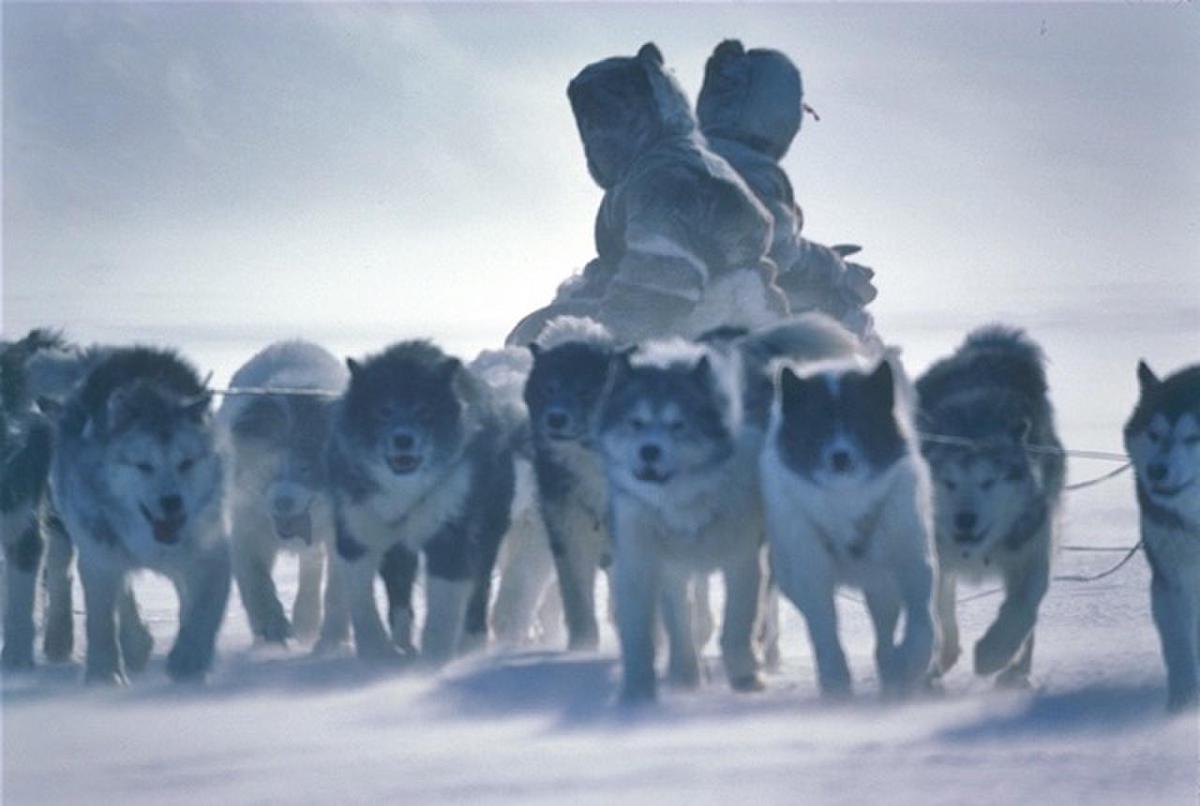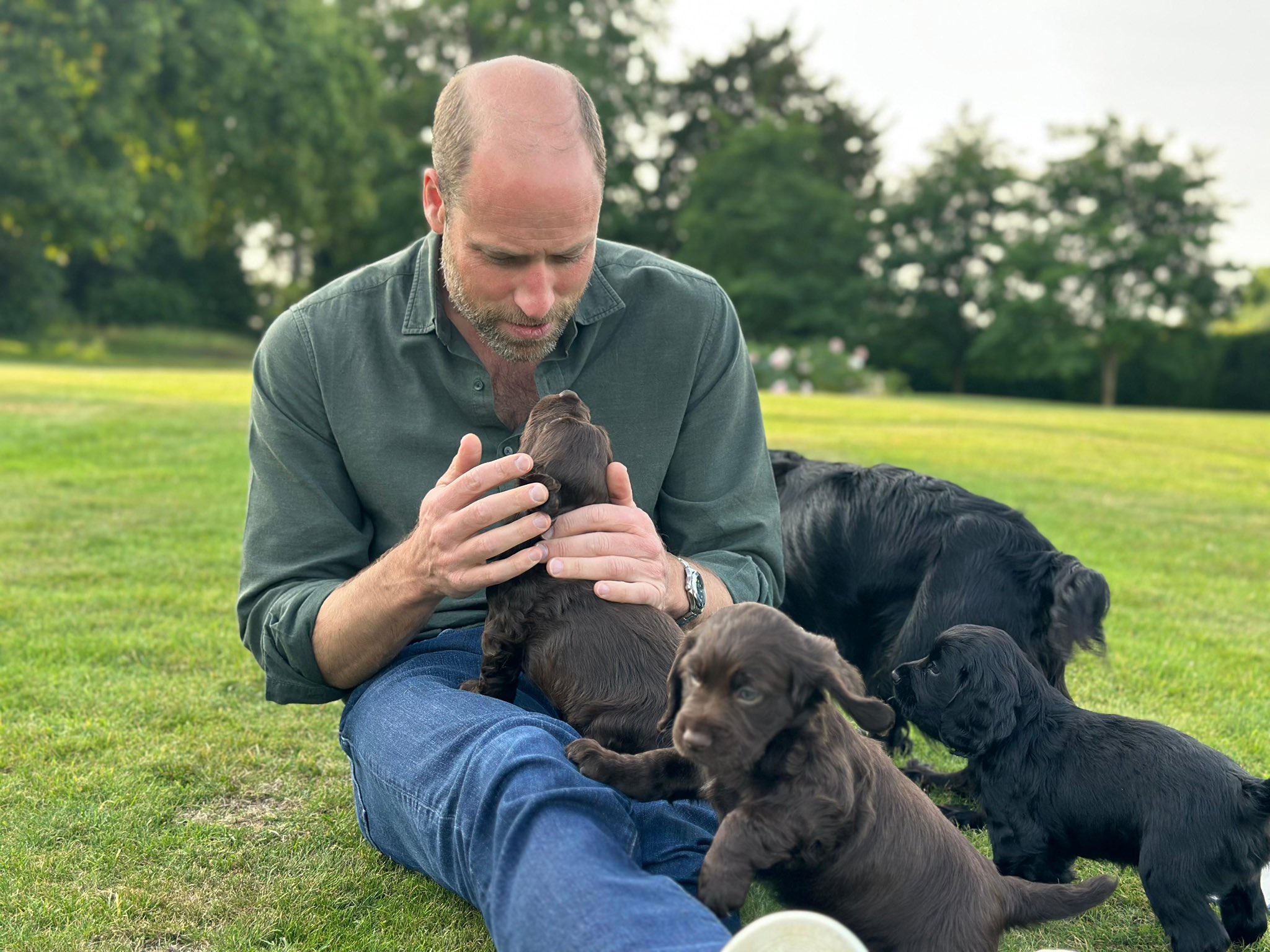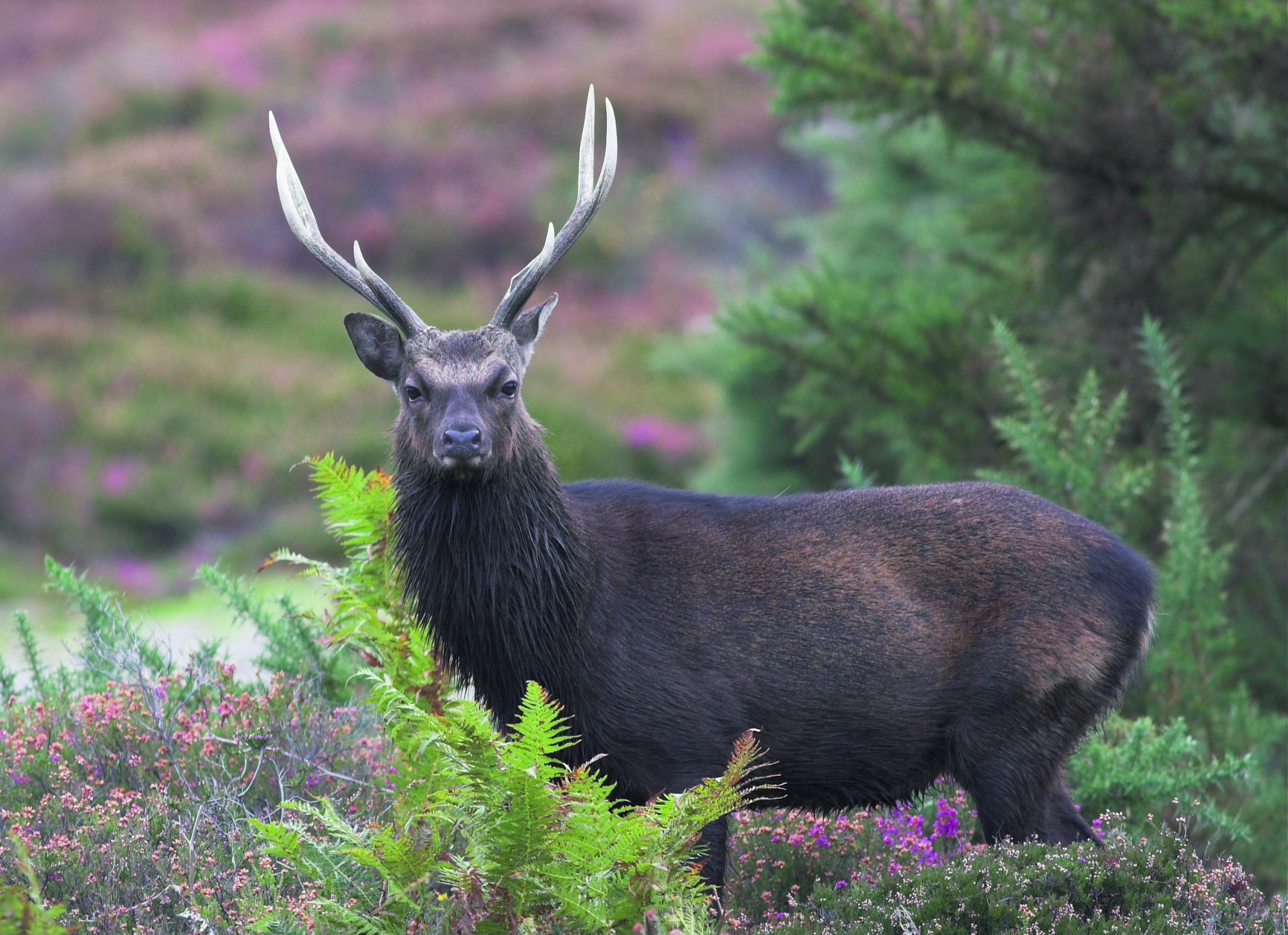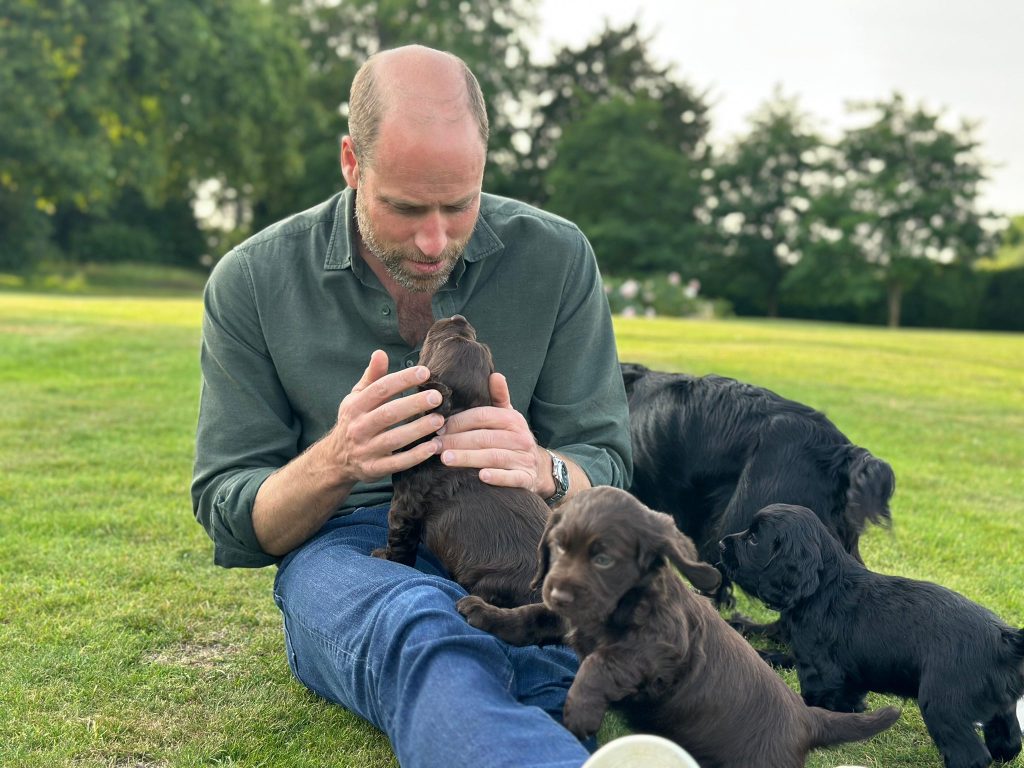News
When does a hunting culture become fair game for the hate industry?
Would you like to speak to our readers? We offer sponsored articles and advertising to put you in front of our audience. Find out more.
Today, traditional hunting cultures are admired and protected in many parts of the world. Respected ecologists and anthropologists go out of their way to understand and appreciate them. Think of the respect accorded in official circles to the life of indigenous peoples such as the Arctic Inuit, Canadian First Nations, Native Americans and the Kalahari San.
In part, the current reverence for indigenous people is a reaction to a sordid history of exploitation by white Europeans. Those who thought they were being benign were aiding the long-term destruction of traditional societies by imposing Eurocentric education, commercialism, dependency and disease. Even at the time, some policies were controversial. Today, they seem inexcusable.
It now seems incredible that right into the past century, Canadian Inuit and First Nations children were forcibly removed from their families and sent to distant residential schools, where they were banned from speaking their own language. No doubt some of our current attitudes may also be seen in a very different light in years to come.
Even though many welcome the new-found reverence for indigenous hunting cultures, there are two discordant notes. First, the convenient myth that subsistence hunting was based on a conscious recognition of the principles of nature conservation. Second, the obvious contrast with the way modern hunting culture in Western Europe is denigrated by the same people who have no issues with Inuit being permitted to hunt whales and polar bears.
On the first, historical records show that the chief limiting factors in killing animals such as caribou were opportunity and technology. Conservation didn’t get a look-in. Before the inland Inuit of the Canadian Barrens obtained firearms from the early fur traders, they relied on snares, bows and spears. Hunting was onerous and uncertain. Winter starvation was commonplace.
Yet, by intercepting their migrating quarry in the water from kayaks at crossing points, the people occasionally killed an inordinate number of beasts. Even in parts of the year when skins were useless and the meat could not be cached, they might kill vast numbers and leave the carcases to rot. At some lake crossings, the bones of caribou built up until they reached the surface of the water.
Once the Inuit obtained guns, they gained a new capability for killing. By the 1950s, game biologists were concerned that some were inflicting high wounding rates through a predilection for using .22 rimfires, since ammunition was cheap but inadequate for killing caribou cleanly.
Today, the Inuit have snowmobiles, supermarkets and heating. In a sense, they don’t need to hunt. But they continue to do so because it’s a part of who they are and their relationship with the land. That’s something we can understand and support.
At the same time, why is it fashionable to sneer at well-regulated hunting in places such as the Scottish Highlands? Exactly when and why does a hunting culture become fair game for the hate industry?
Related articles
News
PETA attacks royal couple for breeding cocker pups
The Prince and Princess of Wales have faced criticism from animal rights group PETA after they had a litter of puppies
By Time Well Spent
News
Farmers launch legal review against Reeves’s farm tax
Chancellor Rachel Reeves faces a judicial review over inheritance tax reforms that could force family farms out of business
By Time Well Spent
Manage Consent
To provide the best experiences, we use technologies like cookies to store and/or access device information. Consenting to these technologies will allow us to process data such as browsing behavior or unique IDs on this site. Not consenting or withdrawing consent, may adversely affect certain features and functions.
Functional Always active
The technical storage or access is strictly necessary for the legitimate purpose of enabling the use of a specific service explicitly requested by the subscriber or user, or for the sole purpose of carrying out the transmission of a communication over an electronic communications network.
Preferences
The technical storage or access is necessary for the legitimate purpose of storing preferences that are not requested by the subscriber or user.
Statistics
The technical storage or access that is used exclusively for statistical purposes.
The technical storage or access that is used exclusively for anonymous statistical purposes. Without a subpoena, voluntary compliance on the part of your Internet Service Provider, or additional records from a third party, information stored or retrieved for this purpose alone cannot usually be used to identify you.
Marketing
The technical storage or access is required to create user profiles to send advertising, or to track the user on a website or across several websites for similar marketing purposes.





